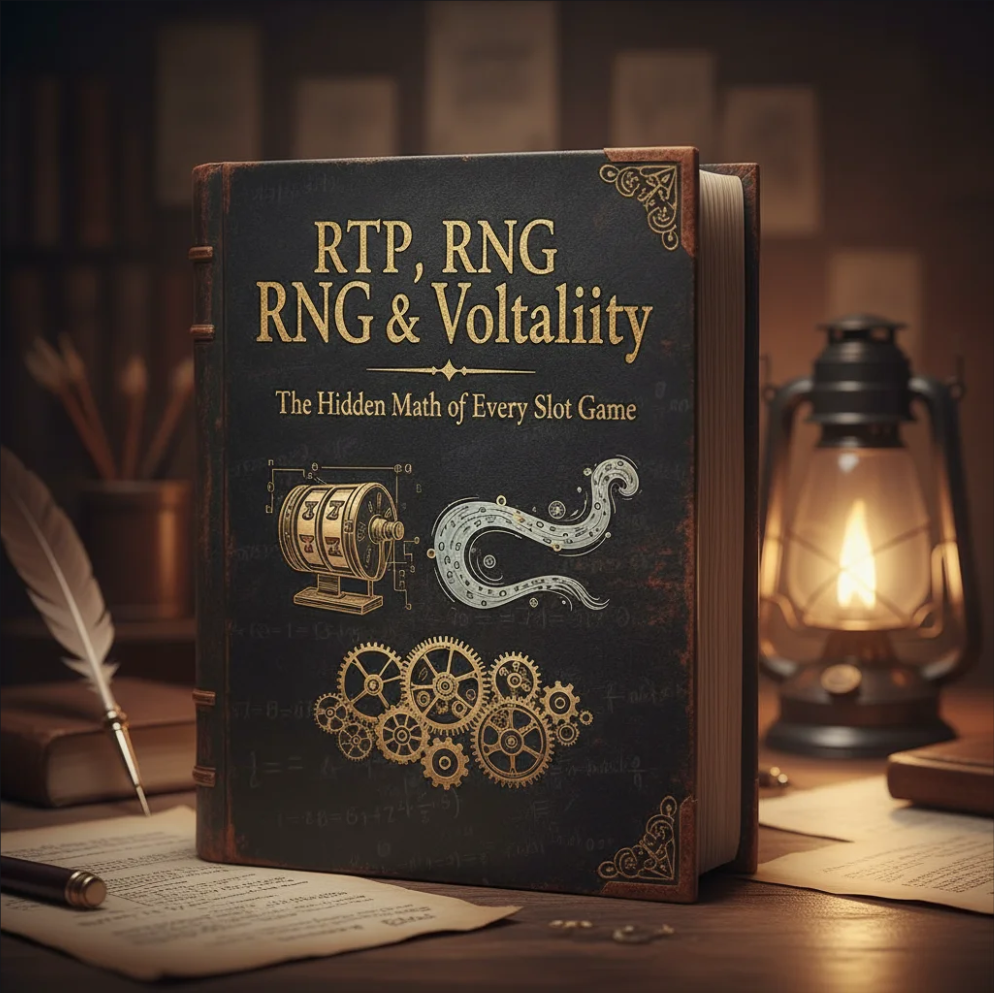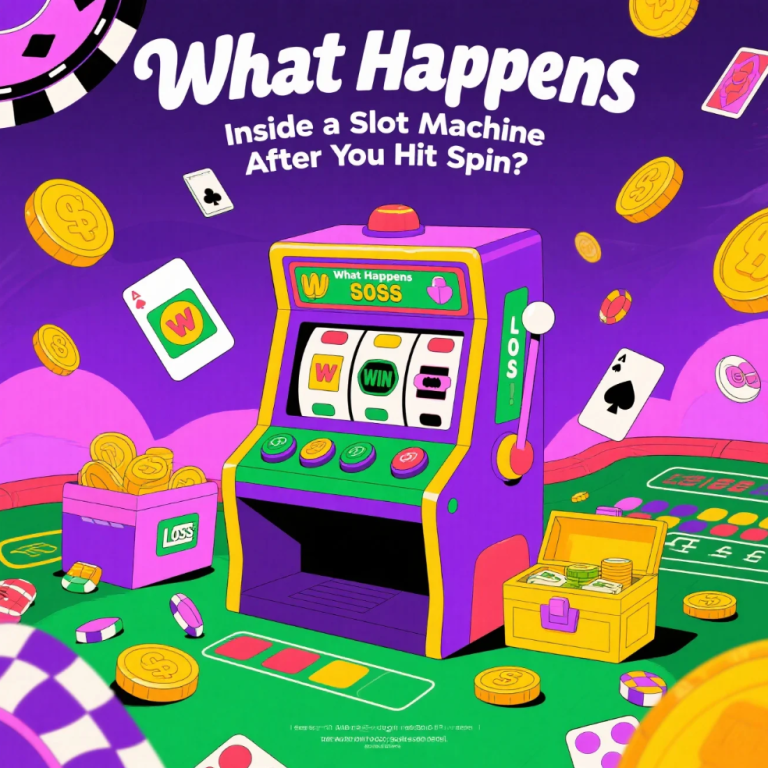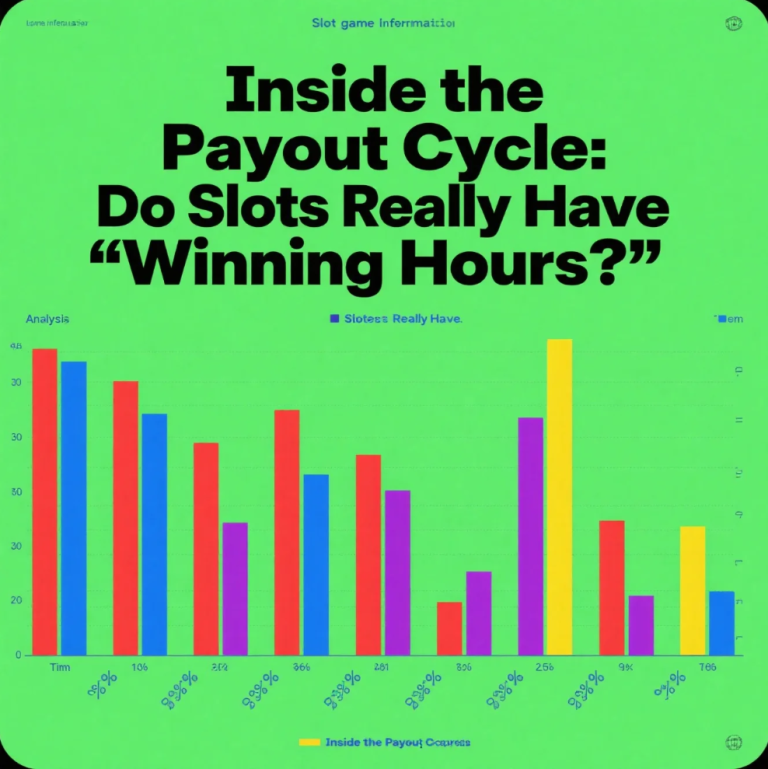
Every slot game might look like pure luck — colorful reels, flashy graphics, and exciting sound effects — but behind the scenes lies a precise system of mathematical algorithms.
These algorithms determine how often you win, how much you win, and how random those wins are. In this guide, we’ll break down the three key components that define every slot machine: RTP, RNG, and volatility — and how understanding them can make you a smarter player.
🎯 1. RTP (Return to Player): The Payout Blueprint
RTP, or Return to Player, represents the theoretical percentage of total money that a slot machine returns to players over time.
For example, a game with 96% RTP will, in the long run, pay out $96 for every $100 wagered — though this doesn’t mean you’ll get that exact return in one session.
🎰 Why RTP Matters:
- Higher RTP = better long-term odds.
- It helps players choose games that fit their playing style.
- Most online slots have RTP values between 94% and 98%.
💡 Pro Tip: Always check the RTP in the game info or settings before you start spinning. Even a 1% difference can make a big impact over time.
🎲 2. RNG (Random Number Generator): The Core of Fair Play
The Random Number Generator (RNG) is the invisible brain behind every slot. It ensures that every spin is 100% random, with no memory of previous results.
🔢 How RNG Works:
- It constantly generates random sequences — thousands per second.
- When you hit “Spin,” the RNG locks in one random combination.
- This guarantees that outcomes are unpredictable and independent.
Without RNGs, slot games could be manipulated. That’s why all licensed casinos use RNG-certified software tested by third-party agencies to ensure fairness.
💬 Fun Fact: RNGs even run when no one is playing, continuously cycling random outcomes to ensure total unpredictability.
⚖️ 3. Volatility: The Risk and Reward Factor
Volatility, also called variance, describes how a slot game distributes wins over time. It’s what determines the game’s “personality” — whether it pays small wins frequently or large wins rarely.
🎯 Types of Volatility:
- Low Volatility: Frequent but small wins. Great for casual play.
- Medium Volatility: Balanced risk and reward.
- High Volatility: Rare but huge wins. Ideal for risk-takers and big bankrolls.
💡 Player Tip: Choose volatility based on your goals — low volatility for longer sessions, high volatility for big thrill seekers.
🧮 How RTP, RNG & Volatility Work Together
These three elements are interconnected:
| Concept | What It Does | Player Impact |
|---|---|---|
| RTP | Sets the long-term expected payout | Defines fairness over time |
| RNG | Determines random spin results | Ensures unpredictability |
| Volatility | Controls win frequency and size | Shapes the game experience |
Even though you can’t “beat” these systems — understanding them gives you the power to pick games that suit your budget, playstyle, and risk tolerance.
🧠 The Psychology of Slot Math
Game developers combine RTP, RNG, and volatility with psychological design to keep players engaged. Elements like near-misses, sound effects, and bonus rounds activate dopamine — the brain’s reward chemical — creating excitement and anticipation.
It’s not just math. It’s science and emotion perfectly blended into entertainment.
🎯 Conclusion: Knowledge Is the Real Jackpot
Slots will always rely on chance — but smart players know that understanding the math behind RTP, RNG, and volatility can help manage expectations and make gaming more strategic.
So, before your next spin, take a second to peek behind the reels. Because in the world of slots, the real magic lies in the numbers.



